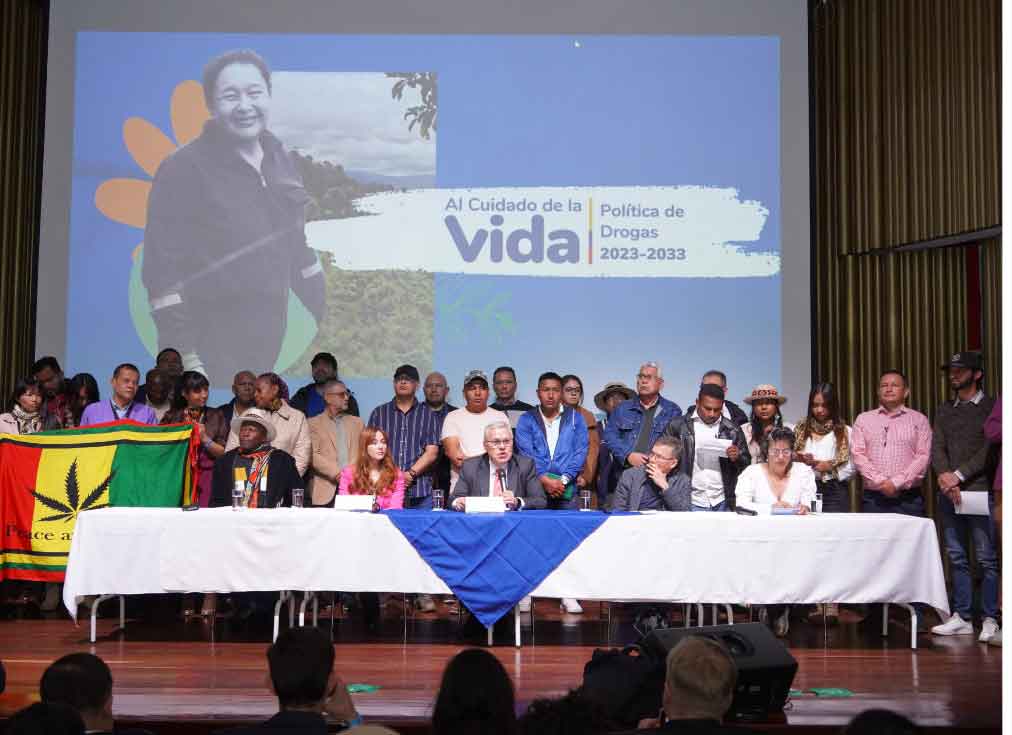According to the Minister of Justice, Néstor Osuna, to reach this strategy, 50 institutional tables and more than 26 territorial ones were held, mostly in areas affected by the scourge.
With this objective, the country’s authorities, particularly the Ministry of Justice, toured 16 departments and 25 territorial spaces.
There they spoke with over 2,700 leaders, 274 social, peasant, indigenous, Afro-Colombians, women’s and youth organizations, who raised their concerns and expectations so that the new National Drug Policy 2023-2033 focuses on four axes: care for life, the environment, human rights and the persecution of drug trafficking networks.
As a result of these meetings, this policy was made and given the importance of specifying it and analyzing it even better, the government extended its analysis for two more weeks, the minister said this week.
The head of the Justice portfolio assured that with the new policy, the country will know in August that those who dedicate themselves to the cultivation of the coca leaf will have new alternatives to renew their economic activity and contribute to the protection of the environment.
The construction of this new policy that has a more social and public health perspective than punitive, is based on the affirmation of President Gustavo Petro, who assures that the war against drugs in his country and in Latin America failed and has left millions of deaths both in this area and in the United States, the main consumer. Colombia is the largest producer and exporter of cocaine in the world, a business linked to criminal structures throughout its history, which cause violence in the territories, forced displacement, and other problems that fundamentally affect the population.
In addition to being one of the structural causes of violence, it also generates racism and inequality in the absence of a State presence in the territories, the Colombian president assured.
ef/rgh/otf










